



.jpg)
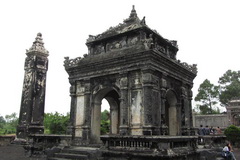
Dong Khanh's Tomb construction lasted through the lives of four Emperors Nguyen (1888-1923). That's why it bears the stamp of two architectural inclinations of two different historical periods. After being crowned, Dong Khanh had a temple built beside his father's tomb named Truy Tu...
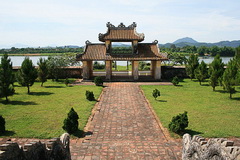
Le temple de la Littérature est un temple confucéen du Viêt Nam, situé sur la rive gauche de la rivière des Parfums à un kilomètre de la pagode de la Dame céleste à l'ouest de la ville de Hué.Sous le règne des...
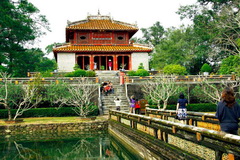
Le tombeau de Minh Mang est situé à l’extérieur de la ville, sur le mont Cam Ke, à 12 km de Hué, sur la rive ouest de la Rivière des Parfums.En avril 1840, le roi Minh Mang changea le nom du mont "Cam Ke" en mont "Hieu Son" et donna au futur tombeau...
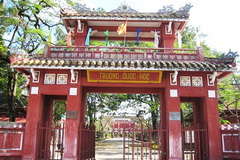
L’école nationale de Huê se trouve sur la rue Lê Loi, quartier de Vinh Ninh, ville de Huê, province de Thua Thien-Hué.Quoc Tu Giam fut l’Ecole Nationale ouverte par la Cour pour former les élites intellectuelles de l’état. Au...
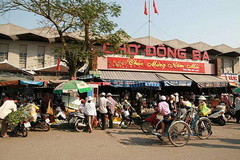
Dong Ba Market is the biggest market in Thua Thien-Hue Province.Under the reign of King Gia Long (1802-1819), there was a big market named Qui Gia near Chanh Dong (Dong Ba) Gate of Hue Citadel. The name “Qui Gia” referred to the return to Phu Xuan Capital (Hue nowadays) of Nguyen...
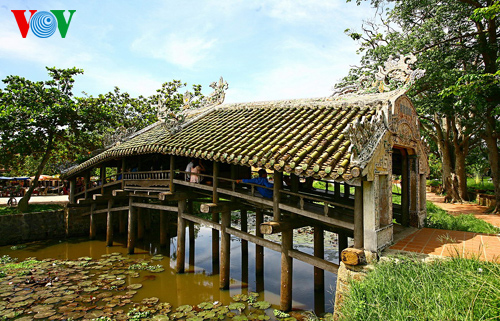
Thanh Toan old bridge built in 1776 for the connection between villages and a place to have some breeze during the summer day. The Bridge is one of the oldest bridge in Vietnam recognized by as country heritage in 1990
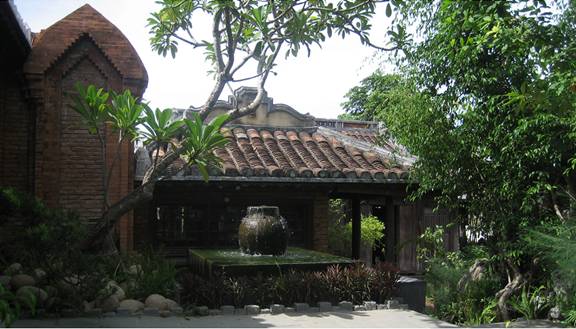
Travelling to Hue you may look for some corners where still keep remain it owns culture, architecture and a traditional food let visit Phuoc Tich ancient village with old house architectures, 500 years old temple and a collection of ceramic relics which are strong reflection of Hue culture....
.jpg)
Établie comme capitale du Viet Nam unifié en 1802, la ville de Huê a été non seulement le centre politique mais aussi le centre culturel et religieux sous la dynastie Nguyên, jusqu'en 1945. La rivière des Parfums serpente à travers la...

The national park, extended in 2008, lies on a high mountain ridge that runs west-east from the Laotian border to the East Sea at the Hai Van pass. This ridge interrupts the coastal plain of Vietnam, and, therefore, forms a biogeographical boundary between the faunas and floras of northern and...
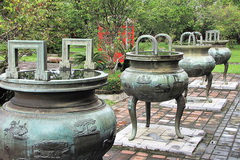
The nine Dynastic Urns are the greatest bronze ones in Vietnam They were cast by Emperor Minh Mang in 1836 to symbolize the sovereignty of the dynasty.Each of them is named after the posthumous title of the emperors worshipped in the The Mieu Temple. For example, Cao Urn is named after Emperor...

Soyez le premier à connaître nos offres de voyage exclusives et les nouveaux circuits !.